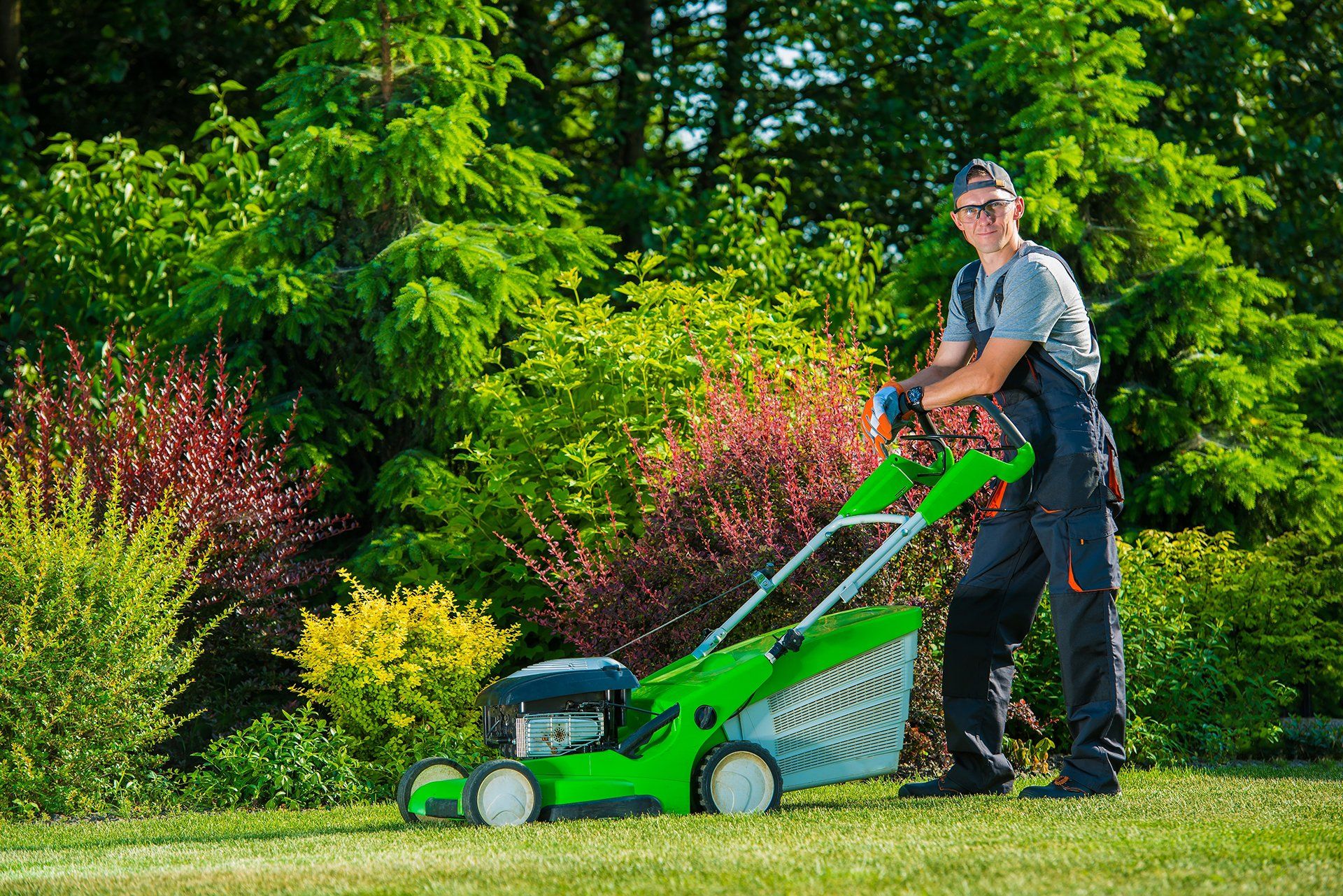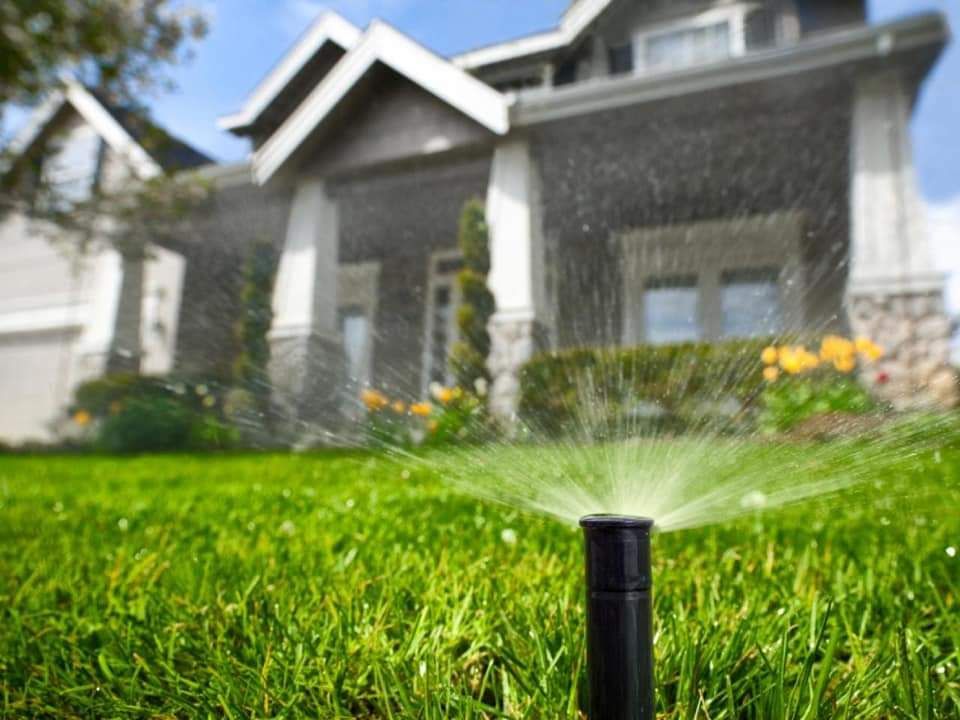How To Treat And Avoid Grass Fungus In Florida During The Rainy Season.
As the rainy season descends upon Florida, lush green lawns can quickly become a breeding ground for grass fungus. The combination of high humidity and frequent rain creates an ideal environment for fungal infections, which can lead to unsightly patches and weaken your lawn. But don’t worry—by understanding how to treat and prevent grass fungus, you can keep your lawn healthy and vibrant all year round.
Understanding Grass Fungus in Florida
Grass fungus is a common issue for Florida lawns, particularly during the rainy season. Fungus thrives in moist, warm environments, making
Florida’s weather a perfect storm for fungal outbreaks.
Common types of grass fungus in Florida include:
- Brown Patch: Characterized by circular brown patches in the lawn.
- Dollar Spot: Small, silver-dollar-sized patches that can spread quickly.
- Pythium Blight: Rapidly spreading patches that can appear greasy or slimy.
How to Identify Grass Fungus
Detecting grass fungus early is crucial for effective treatment. Look out for these signs:
- Discolored Patches: Brown, yellow, or grayish patches on your lawn.
- Unusual Growth Patterns: Circular patches or irregular shapes.
- Slimy or Greasy Texture: Particularly for Pythium Blight.
- Leaf Spotting: Dark, sunken spots on grass blades.
Tips for Treating Grass Fungus:
- Improve Air Circulation:
- Ensure proper lawn mowing practices by keeping your grass at the recommended height. Avoid mowing when the lawn is wet to prevent spreading the fungus.
- Space plants and reduce thatch build-up to improve airflow and reduce moisture levels.
- Optimize Watering Practices:
- Water early in the morning to allow grass to dry before evening. Avoid watering in the late afternoon or evening when humidity is higher.
- Adjust irrigation systems to prevent overwatering and ensure even distribution.
- Apply Fungicide Treatments:
- Use fungicides specifically designed for the type of grass fungus you’re dealing with. Follow application instructions carefully to ensure effectiveness.
- Rotate fungicides to prevent the development of resistance in the fungus.
- Maintain Lawn Health:
- Fertilize your lawn appropriately to keep it strong and less susceptible to disease. Opt for slow-release fertilizers to avoid over-fertilization, which can exacerbate fungal issues.
- Aerate your lawn to reduce thatch and improve root health.
Preventing Grass Fungus:
- Choose the Right Grass Varieties:
- Select grass types that are resistant to common fungal diseases in Florida. Consult with local garden centers or extension services for recommendations.
- Practice Good Lawn Hygiene:
- Remove and dispose of infected grass clippings to prevent the spread of fungal spores.
- Clean lawn equipment regularly to avoid transferring fungus from one area to another.
- Monitor Weather Conditions:
- Stay informed about weather forecasts to adjust your lawn care practices accordingly. Prolonged wet conditions often signal the need for increased vigilance.
- Promote Soil Health:
- Test your soil to ensure it has the right pH and nutrient levels. Amend soil as needed to promote a robust lawn that can better withstand fungal infections.
Conclusion:
Treating and avoiding grass fungus in Florida’s rainy season requires a combination of vigilant care and preventive measures. By understanding the types of fungus that can affect your lawn, applying targeted treatments, and adopting best practices for lawn maintenance, you can keep your grass looking lush and healthy despite the challenging weather conditions.
For more lawn care tips and to stay updated on the latest in lawn health, subscribe to our blog or contact a local lawn care professional today.

The Ultimate Guide to Lawn Maintenance in Florida: Why It’s Essential and How to Keep Your Lawn Lush





